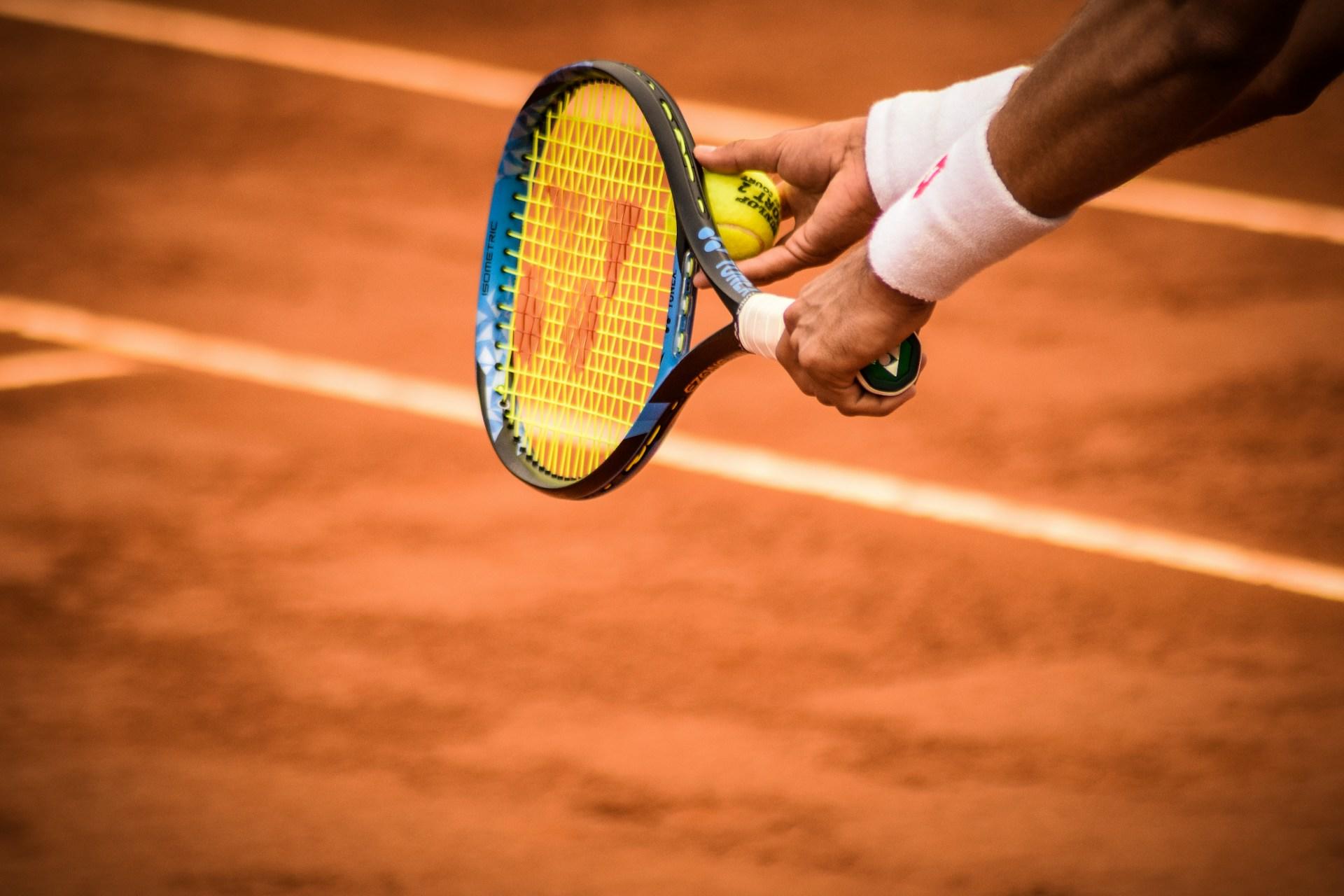"Tennis is a perfect combination of violent action taking place in an atmosphere of total tranquillity."
Billie Jean King
Roland-Garros, or the French Open, is one of tennis' biggest tournaments. As one of the majors, it's at the pinnacle of the sport and has been going for years.
In this article, we'll look at the entire history of the tournament and what the future might hold for it.

The Early Years of the French Open
When the French Open began, it was neither an “Open” nor was it called “Roland Garros”, but we will get to that later.
Throughout this article, we'll be referring to the tournament and its predecessors as the French Open even though it wasn't its name until much later.
Initially, the tournament was the French Championships (or Championnat de France in French). This began as a tournament solely for French nationals or members of French tennis clubs in 1891.
At this time, the tournament wasn't at its current location and while popular within its native France, it didn't have international recognition.
Understandably, the tournament was suspended during the First World War (1914-1918). In addition to being one of many belligerents in the war, the Western Front, which was one of the main theaters in the war, spanned across Belgium and northeastern France.
The tournament returned in 1919 once the war was over, but participation was limited due to post-war recovery efforts.
The French Open Moves to Stade Roland Garros
In the post-war period, the French Championships were an annual event, and as the tournament's popularity and prestige grew, so did the number of participants from other countries.
Much like a lot of tennis around the world, the matches at the French Championships at this time weren't played on clay courts, unlike the modern Roland-Garros tournament that you may be familiar with.
The four main players (Jean Borotra, Jacques Brugnon, Henri Cochet, and René Lacoste) that dominated during the late 1920s and early 1930s would become known as the Four Musketeers and have the tournament's trophy, the Coupe des Mousquetaires, named after them.
In women's singles tennis, Suzanne Lenglen dominated in the early 1920s, but more international winners were on their way.
In 1925, the French Championships became one of the Grand Slam tournaments, joining the Australian Open, US Open, and Wimbledon. Much like the other majors, the tournament predates its status and wouldn't become an Open until much later.
It wasn't until 1928, with the completion of the dedicated Stade Roland Garros (Roland Garros Stadium), that the tournament had its permanent home and venue as well as the clay courts that the tournament is so famous for.
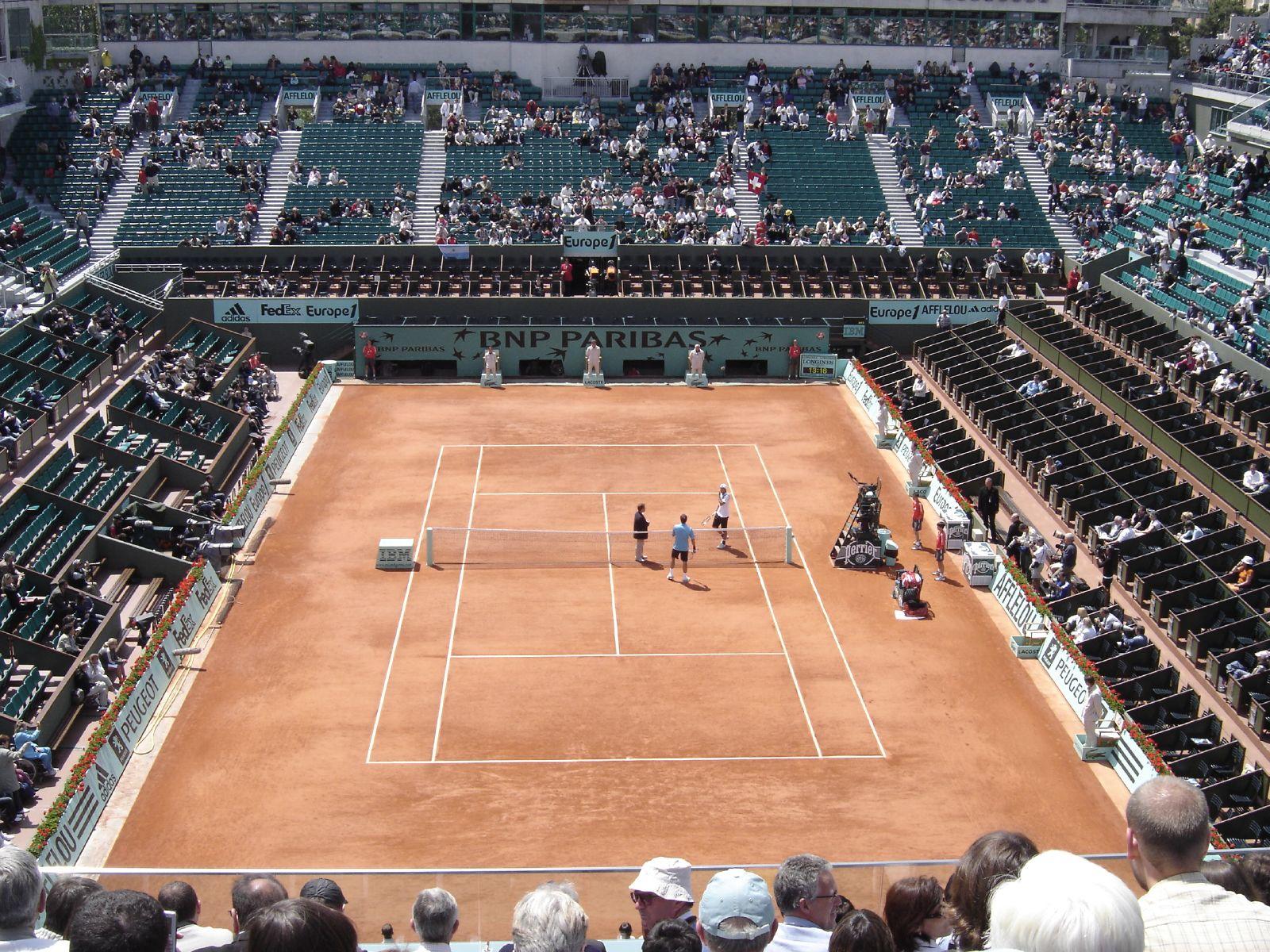
The stadium, which was named after a French aviator and pilot who'd died after his plane was shot down during World War I, would also ultimately become the name commonly used for the tournament.
It should be noted that the tournament is technically the Internationaux de France de tennis or the French Open even though the tournament is branded as Roland-Garros in every language, though it's very common for it to be written as Roland Garros.
Roland-Garros Between the 1930s and 1950s
Since the tournament was now the French Open and taking place in a dedicated venue, it was ready to grow in popularity.
The 1930s saw the French Open become increasingly popular with players all over the world while still providing an event where French players would largely dominate.
While the first French Championships men's singles title was won by a British player, it wouldn't be until 1933 that a non-French player would win the men's title, the Australian player Jack Crawford. Due to the selective rules in its early years, most of the tournament's most successful men's singles winners are French.
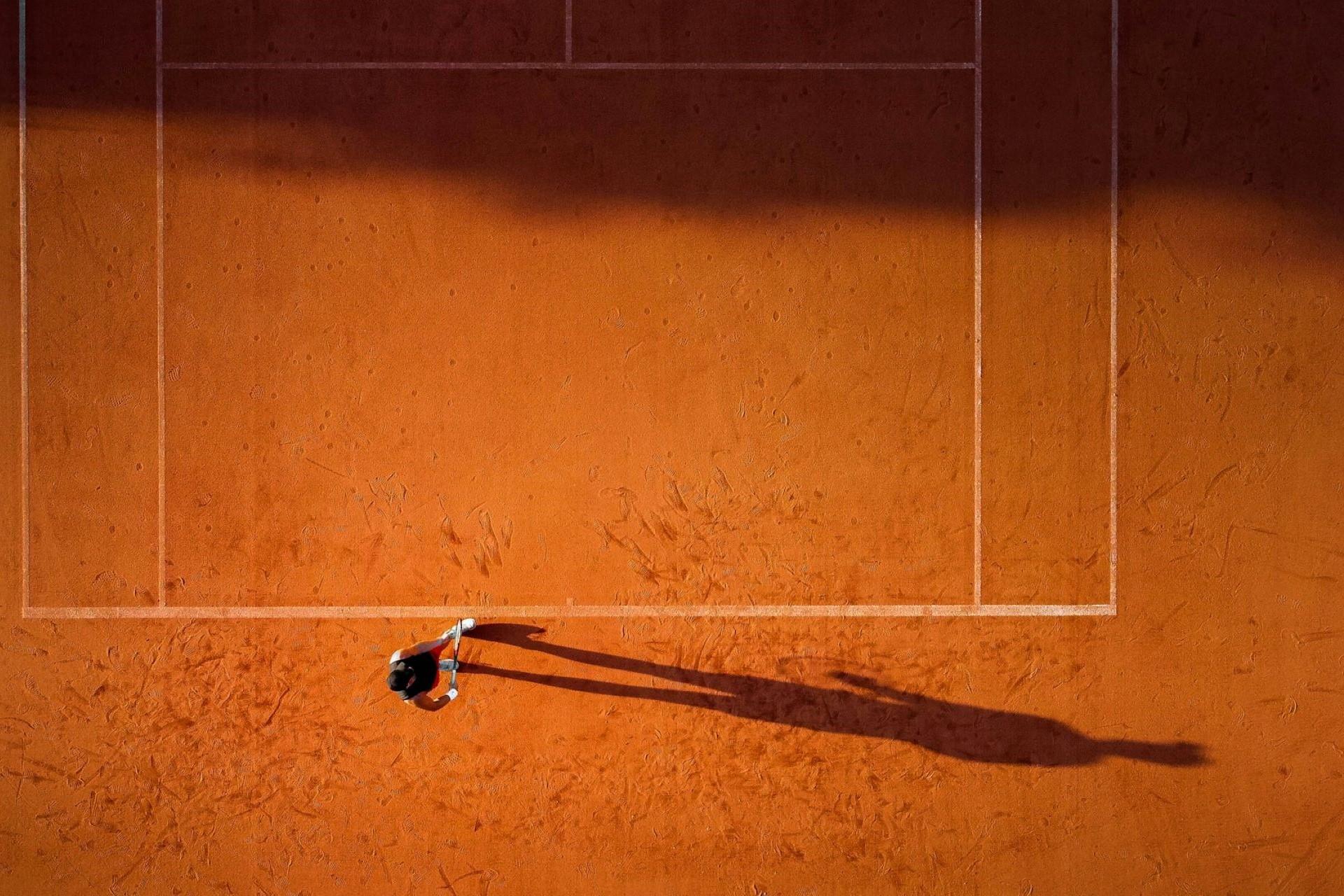
The women's singles title was won by French tennis players every year from 1897 until 1927 when it was won by the Dutch player Kea Bouman.
With the start of World War II in 1939, sporting events were halted, including the French Open. Roland Garros Stadium was used by the military during this time. Between 1941 and 1945, though, a non-Grand Slam event took place but it was neither sanctioned nor recognized by the French Tennis Federation so the champions of these are disputed.
During both the First and Second World Wars, many sporting events, including the French Open, were canceled.
1960s and the Star of the Open Era
The 1960s were an important era for the French Open as it finally became an “open” tournament. Essentially, this means that both professional and amateur players can compete against one another.
The French Open was a Grand Slam tournament, along with Wimbledon, the Australian Open, and the US Open, before 1968, but this year was particularly important for the sport of tennis since it marked the beginning of the Open Era.
The Open Era meant better tennis, more prize money, and higher levels of competition.
Most tennis tournaments, not just the Grand Slam tournaments, are open tournaments and this shift helped drastically increase the sport's popularity.

Björn Borg's French Open Dominance and Roland Garros in the 70s and 80s
With the arrival of the Open Era, Roland Garros saw new competitors and a popularity shift.
One individual to enjoy a huge amount of success during this time was the Swedish tennis player Björn Borg who became one of the tournament's most prolific winners.
Four of Borg's six Roland Garros titles came during the 1970s (1974, 1975, 1978, and 1979) with the first two titles of the 1980s also going to the Swede.
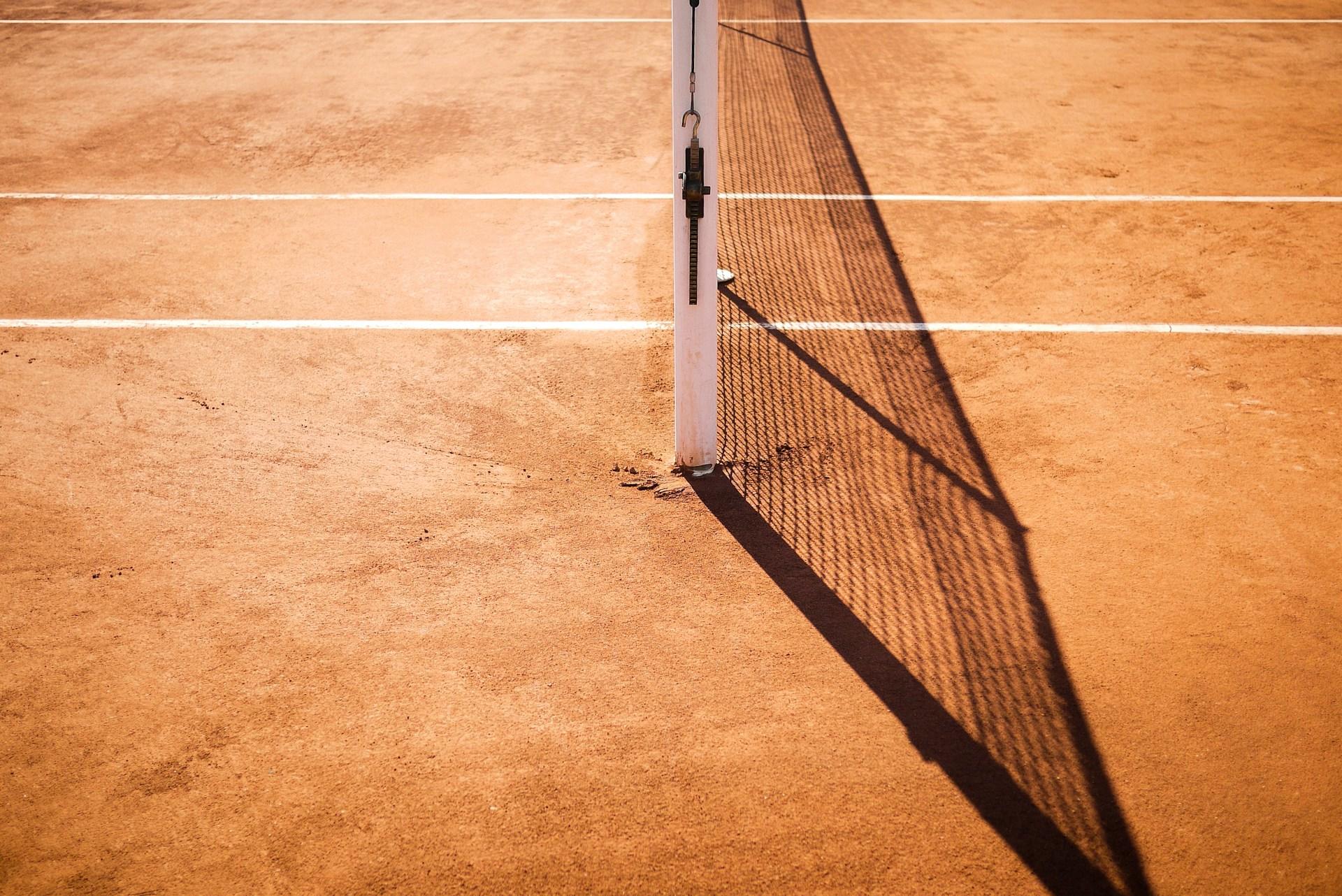
It wasn't just Borg who was enjoying the new Open Era, women's tennis also saw a huge boost and the tournament saw some incredible women's singles champions. With the Open Era showcasing professional players, more prize money, and increased media coverage, Roland Garros pushed tennis to the masses.
The American tennis player Chris Evert took home three titles back to the States during the 1970s and a further four titles in the 1980s, making her the tournament's most successful female tennis player.
The 1980s saw new champions like Ivan Lendl, Mats Wilander, and Yannick Noah. Lendl won three titles and made the final twice.
Wilander won three titles and was arguably the best clay court player of the time.
The French player Yannick Noah made history in 1983 when he became the first Frenchman to win the tournament since 1946. The home crowd, of course, loved it!
Roland Garros in the 1990s: Agassi, Chang, and Courier
By the 1990s, there were two American tennis stars: Andre Agassi and Michael Chang. The rivalry started in the US, but as the two faced each other 22 times throughout their careers, other countries also played host to some of their incredible matches.
Though Chang was the defending champion in 1990, he would lose to Agassi in the quarterfinal, setting up semifinals that would guarantee that the French Open would have a new champion, with none of the semifinalists having ever won a major!
With Jim Courier winning back-to-back titles in 1991 and 1992, American tennis was in a great place in the 1990s and Roland Garros was happy to play host to a lot of it.
While the Spaniard Sergi Bruguera would also emerge as a worthy champion, Agassi would round out the decade by bringing the Musketeer's Trophy to American soil (not literally) in 1999.
The Coronation of the King of Clay in the 2000s
Sergi Brusquera's victories and achievements should never be underestimated, but it was his compatriot Rafael Nadal who came to dominate Roland Garros and claim the undisputed title of “King of Clay”.
With two other Spaniards (Albert Costa and Juan Carlos Ferrero) winning Roland-Garros in 2002 and 2003 and others making the finals, Spanish tennis was looking good.
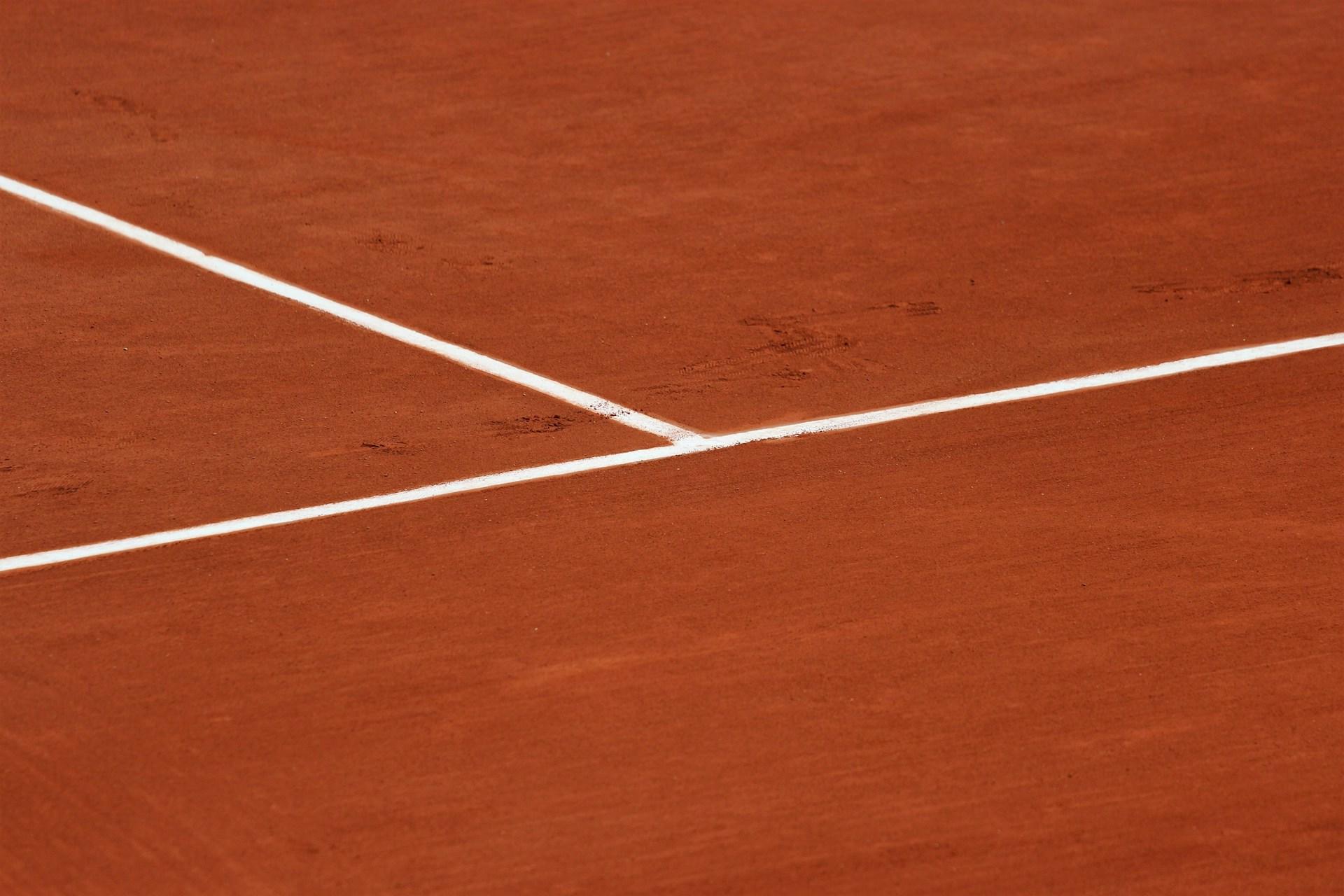
However, even those new to tennis may have heard of Rafael Nadal. The Spaniard has won more French Open titles than anyone else by some margin, with many of those victories coming in the latter half of the 2000s.
He won 4 consecutive titles between 2005 and 2008, 5 in a row between 2010 and 2014, and 3 in a row between 2017 and 2018! With 14 titles in total, he's almost doubled that of the second most successful Roland Garros champion Max Decugis, who won 8 titles at the start of the 20th century when the tournament was neither open to professionals nor those outside of French tennis clubs.
at Roland-Garros!
The 2010s and the Big Three
Since Nadal arrived on the scene, Roland Garros has essentially been his second home. However, we can't ignore the other two incredible tennis players who dominated the sport alongside him, the Swiss player Roger Federer and the Serbian player Novak Djokovic.
Since Nadal's dominance of Roland Garros began, these two and the Swiss player Stan Wawrinka are the only three people to win the tournament.
In Grand Slam tennis, Nadal, Federer, and Djokovic have all shared success with Nadal across the other major tournaments, but when it comes to the French Open, there's only one “King of Clay” and it's Rafa Nadal!
Aged 37, Nadal's career is coming to an end and some exciting new talents are emerging, which means there's never been a better time to watch the French Open if you're looking to discover some new champions!
Learn to Play Tennis with Superprof
If you've watched Roland-Garros and feel like tennis might be the sport for you, you can improve your tennis skills with a dedicated private tennis coach.
Finding one is simple. You just need to search for tennis on the site and you'll be met with the profiles of all our lovely tennis coaches.
Even if there aren't any local coaches, online tennis coaches can help you with training routines, drills, dietary advice, and many other aspects of your game.
With many offering the first session for free, you can always try several of them out before choosing the right one for you and your clay court aspirations.

